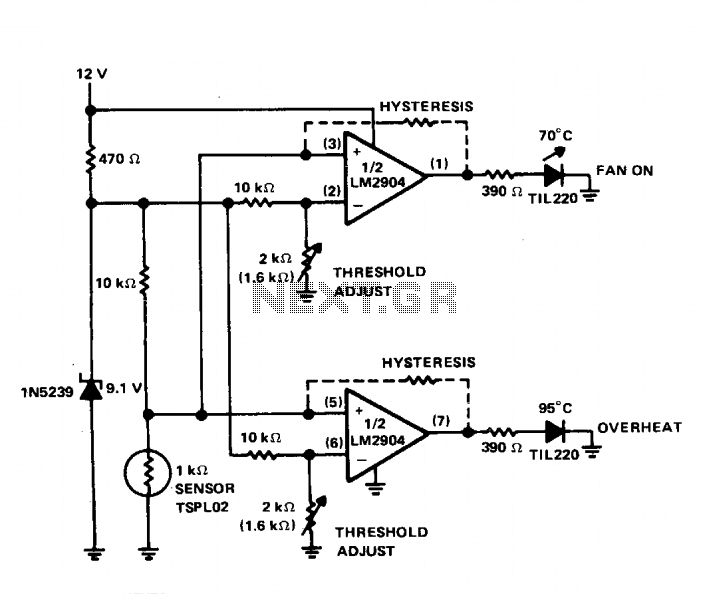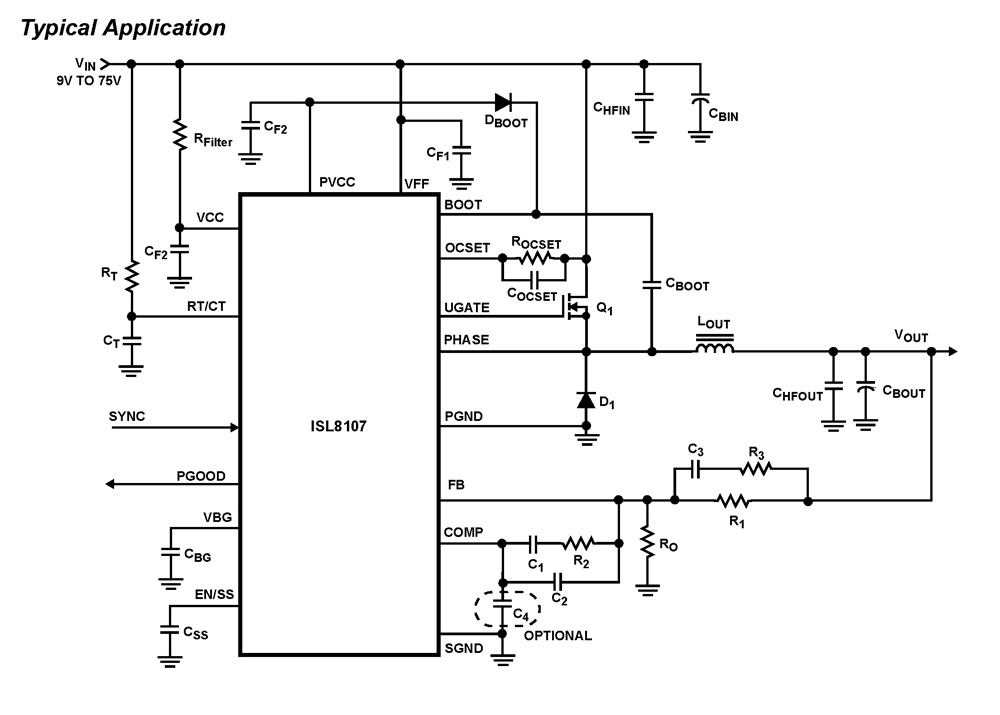
Visual modulation indicator

The brightness of the indicator lamp changes in accordance with the modulated RF signal. Adjust resistor R2 while the transmitter is on (modulated) until the lamp flashes in sync with the modulation.
Cl = 5 pF, C2 = 100 pF, Dl = 1N60 or 1N34 (Germanium), R3 - 10 K pot, II = 6-8 V, 30-60 mA incandescent bulb, Q1 = 2N3393 (for increased sensitivity, use 2N3392 or another high-gain transistor).
The described circuit utilizes an indicator lamp to visually represent the amplitude of a modulated RF signal. The primary component responsible for this functionality is the variable resistor R2, which allows for fine-tuning the sensitivity of the lamp's response to the modulation. When the transmitter is activated, the RF signal modulates the current flowing through the circuit, causing the lamp to illuminate in a manner that corresponds to the modulation pattern.
The circuit includes a capacitor (Cl) of 5 picofarads and a second capacitor (C2) of 100 picofarads. These capacitors serve to filter and stabilize the signal, ensuring that the variations in brightness are smooth and accurately reflect the modulation. The diode (Dl), either a 1N60 or 1N34 Germanium type, is essential for rectifying the RF signal, allowing only the positive half-cycles to pass through, which is crucial for the operation of the indicator lamp.
Resistor R3, a 10 K potentiometer, provides an adjustable load that can be tuned to optimize the performance of the circuit. The power supply voltage (II) is specified to be between 6 to 8 volts, which is suitable for driving a 30-60 mA incandescent bulb. The choice of the 2N3393 transistor as Q1 is important for amplifying the signal; however, for applications requiring increased sensitivity, a 2N3392 or another high-gain transistor may be substituted.
Overall, this circuit effectively demonstrates how an indicator lamp can be utilized to visualize the characteristics of an RF signal modulation, providing a practical application for testing and tuning RF transmission systems.Indicator lamp brightness varies in step with modulated RF signal. Adjust R2 with transmitter on (modulated) until the lamp flashes in step with modulation Cl = 5 pf, C2 = 100 pF, Dl = 1N60 or 1N34 (Germanium), R3 - 10 K pot, II = 6-8 V, 30-60 mA incandescent bulb, Q1 = 2N3393 (for increased sensitivity use 2N3392 or other high-gain transistor).
Cl = 5 pF, C2 = 100 pF, Dl = 1N60 or 1N34 (Germanium), R3 - 10 K pot, II = 6-8 V, 30-60 mA incandescent bulb, Q1 = 2N3393 (for increased sensitivity, use 2N3392 or another high-gain transistor).
The described circuit utilizes an indicator lamp to visually represent the amplitude of a modulated RF signal. The primary component responsible for this functionality is the variable resistor R2, which allows for fine-tuning the sensitivity of the lamp's response to the modulation. When the transmitter is activated, the RF signal modulates the current flowing through the circuit, causing the lamp to illuminate in a manner that corresponds to the modulation pattern.
The circuit includes a capacitor (Cl) of 5 picofarads and a second capacitor (C2) of 100 picofarads. These capacitors serve to filter and stabilize the signal, ensuring that the variations in brightness are smooth and accurately reflect the modulation. The diode (Dl), either a 1N60 or 1N34 Germanium type, is essential for rectifying the RF signal, allowing only the positive half-cycles to pass through, which is crucial for the operation of the indicator lamp.
Resistor R3, a 10 K potentiometer, provides an adjustable load that can be tuned to optimize the performance of the circuit. The power supply voltage (II) is specified to be between 6 to 8 volts, which is suitable for driving a 30-60 mA incandescent bulb. The choice of the 2N3393 transistor as Q1 is important for amplifying the signal; however, for applications requiring increased sensitivity, a 2N3392 or another high-gain transistor may be substituted.
Overall, this circuit effectively demonstrates how an indicator lamp can be utilized to visualize the characteristics of an RF signal modulation, providing a practical application for testing and tuning RF transmission systems.Indicator lamp brightness varies in step with modulated RF signal. Adjust R2 with transmitter on (modulated) until the lamp flashes in step with modulation Cl = 5 pf, C2 = 100 pF, Dl = 1N60 or 1N34 (Germanium), R3 - 10 K pot, II = 6-8 V, 30-60 mA incandescent bulb, Q1 = 2N3393 (for increased sensitivity use 2N3392 or other high-gain transistor).





